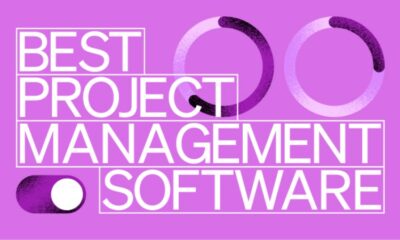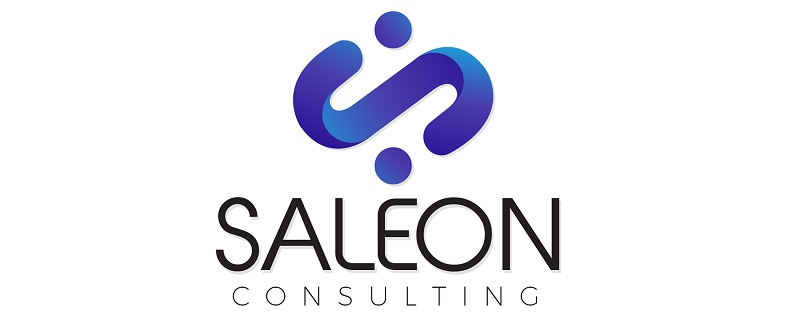Startup
Key Stages of Project Development: From Analytics to Launch

The classic project development cycle consists of 7+ stages. It all starts with analysis, development of the technical task and design, and ends with error testing and release. At each of these stages, different specialists work on the project, and a dedicated manager makes sure that everything goes according to plan and sends reports to the customer. After at least two months, the site or application can be released, and you can start working again on expanding its functionality, improving the user experience, and so on.
Why does it take so much time? It is possible to resort to the assistance of Yellow Systems – software engineering company that can answer all the related questions. If you are going to be satisfied with the general answer – this is because different people work on the project and do very different things. Moreover, each subsequent stage requires the completion of the previous one, due to the fact that all elements of the cycle are highly dependent on each other. Whether you want or not, you can’t do everything at once, even if you hire 100 people instead of 10. So, let’s have a brief look at the main stages of project development.
Analytics
The first and most important stage of project development is analytics. It doesn’t matter whether you’re launching a unique technology startup or opening a shoe store — everyone needs analytics without exception. Why? To make a site or application meet the expectations of the target audience. If your goal is to make a profit from the project, you need to prepare carefully:
- study who will be interested in the product and why;
- find out the specifics of the niche and collect references;
- discuss the idea with the target audience and find out what is important to them;
- analyze competitors to stand out among them.
As a result, if you don’t have a USP (unique selling proposition) yet, it will appear during the analysis, alongside a clear understanding of how to achieve your business goals.
Technical Task
The results of analytics are summarized in tables, charts, graphs, and other ways. Thus, you get a problem that the site or application will solve, and an idea of who and how exactly will use it for this purpose, so it’s time to:
- develop requirements for the program;
- think over the general architecture of the site or application — business logic, performance, scalability, and so on;
- choose technological solutions for each component of the project — framework, database, necessary integrations, etc.;
- determine how much time and money it will take.
With a detailed technical task, developers can proceed to make an agreement with the client.
Interface and UI Design
It is difficult even for specialists to imagine how a program will look and work. For this purpose, interface prototypes are created. They can be fully interactive or static with explanations of how each element will work. Until the final version of the interface is approved, no other tasks are carried out. UI designing is the most interesting part. At this stage, the bare framework of the site or program begins to be “dressed” in a beautiful design.
Backend and Frontend Development
In parallel with the “creative” work of designers, developers are finally taking up their pieces of work. Backend developers are engaged in creating the same project architecture and business logic. At the lowest level, this is the design of classes and methods, as well as the selection of optimal technical solutions for problems. Only then do they sit down and write the code to make all the components of the future site or application work together.

Testing
It’s not as difficult to write the code for a function as it is to make it work with others together. Your program or site will consist of program blocks, each of which is responsible for its functionality and is connected to others. First, the functionality of each module is checked, then they are assembled together, and again they are tested to see how they work. For small and typical projects, this stage can take several hours, for large-scale and non-standard projects – even months.
Release
The last stage of the cycle is the publication of the app in the store or website on hosting. This is the end of the development. Then only technical support and scaling can be needed. If you want to add new features or change old ones, the whole development cycle starts again. Why? Because you will already have new, relevant data about the behavior of real users, any revisions should be made taking into account these factors.
-

 Sports4 weeks ago
Sports4 weeks agoAl Ahly vs Inter Miami, 2025 FIFA Club World Cup – Preview, Prediction, Predicted Lineups and How to Watch
-
Health3 weeks ago
Back to Roots: Ayurveda Offers Natural Cure for Common Hair Woes
-

 Tech3 weeks ago
Tech3 weeks agoFrom Soil to Silicon: The Rise of Agriculture AI and Drone Innovations in 2025
-

 Startup4 weeks ago
Startup4 weeks agoHow Instagram Is Driving Global Social Media Marketing Trends
-

 Science5 days ago
Science5 days agoJuly Full Moon 2025: Everything You Should Need to Know, When and Where to See Buck Moon
-

 Sports3 weeks ago
Sports3 weeks agoFIBA 3×3 World Cup 2025: Full Schedule, Preview, and How to Watch
-

 Gadget3 weeks ago
Gadget3 weeks agoThings to Know about Samsung Galaxy S26: What’s New and What’s Next
-

 Sports4 weeks ago
Sports4 weeks agoWorld Judo Championships 2025: Full Schedule, Date, Time, Key Athletes and How to Watch


















